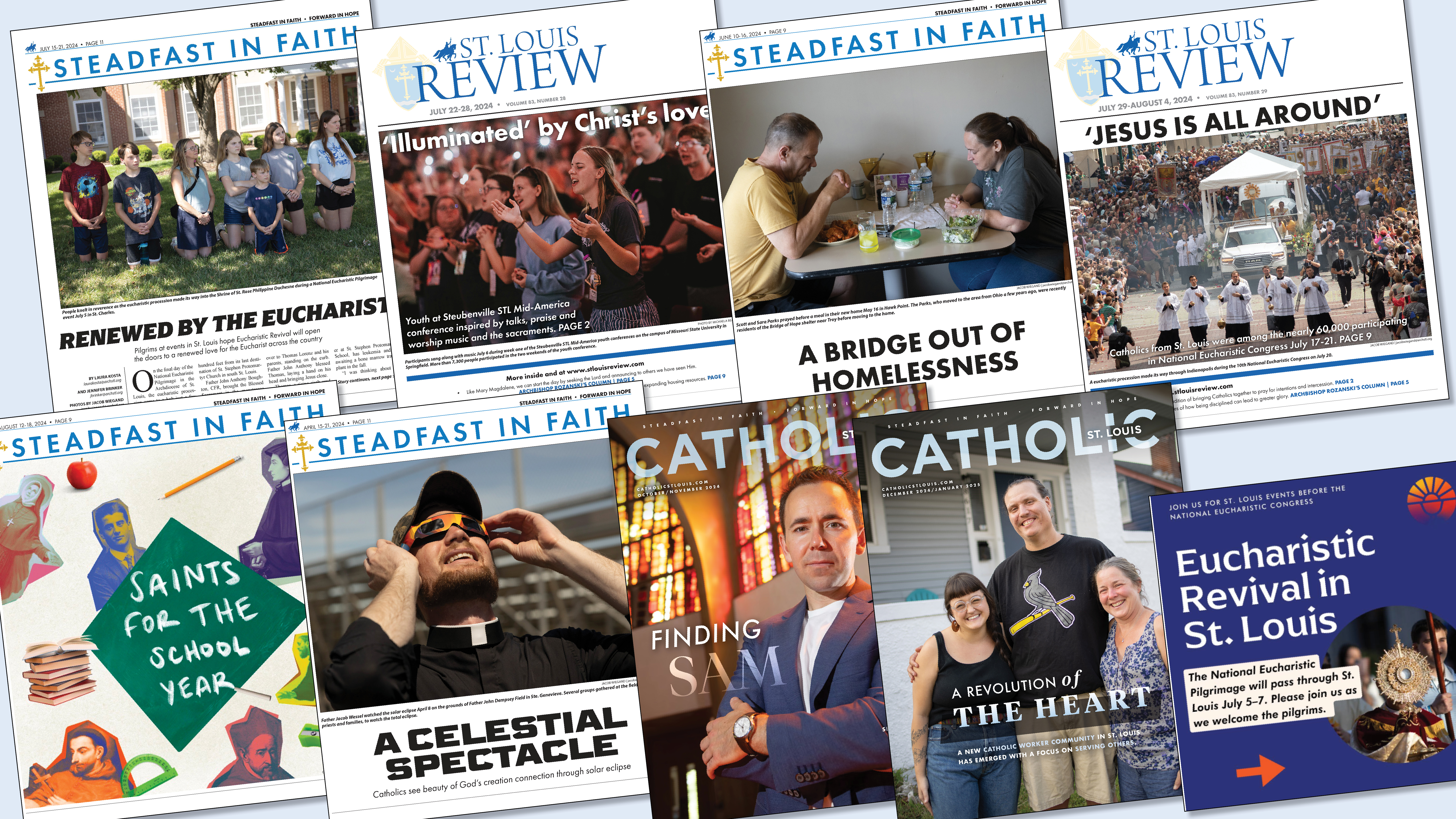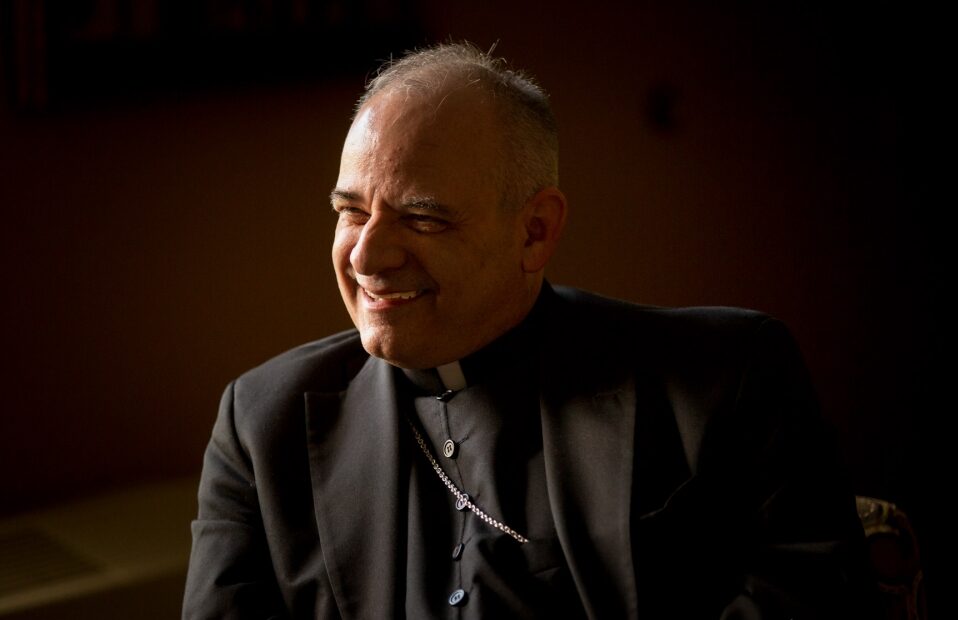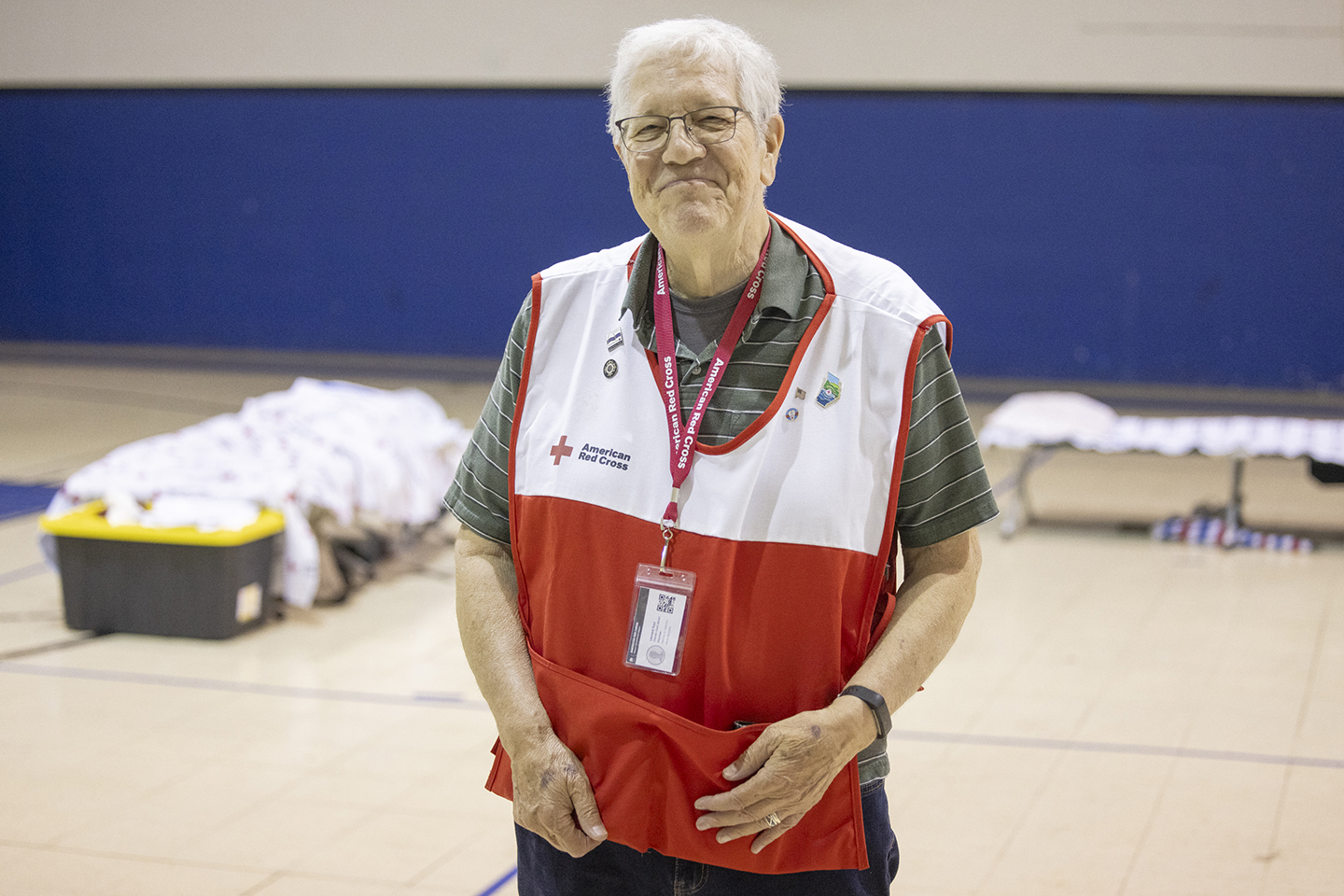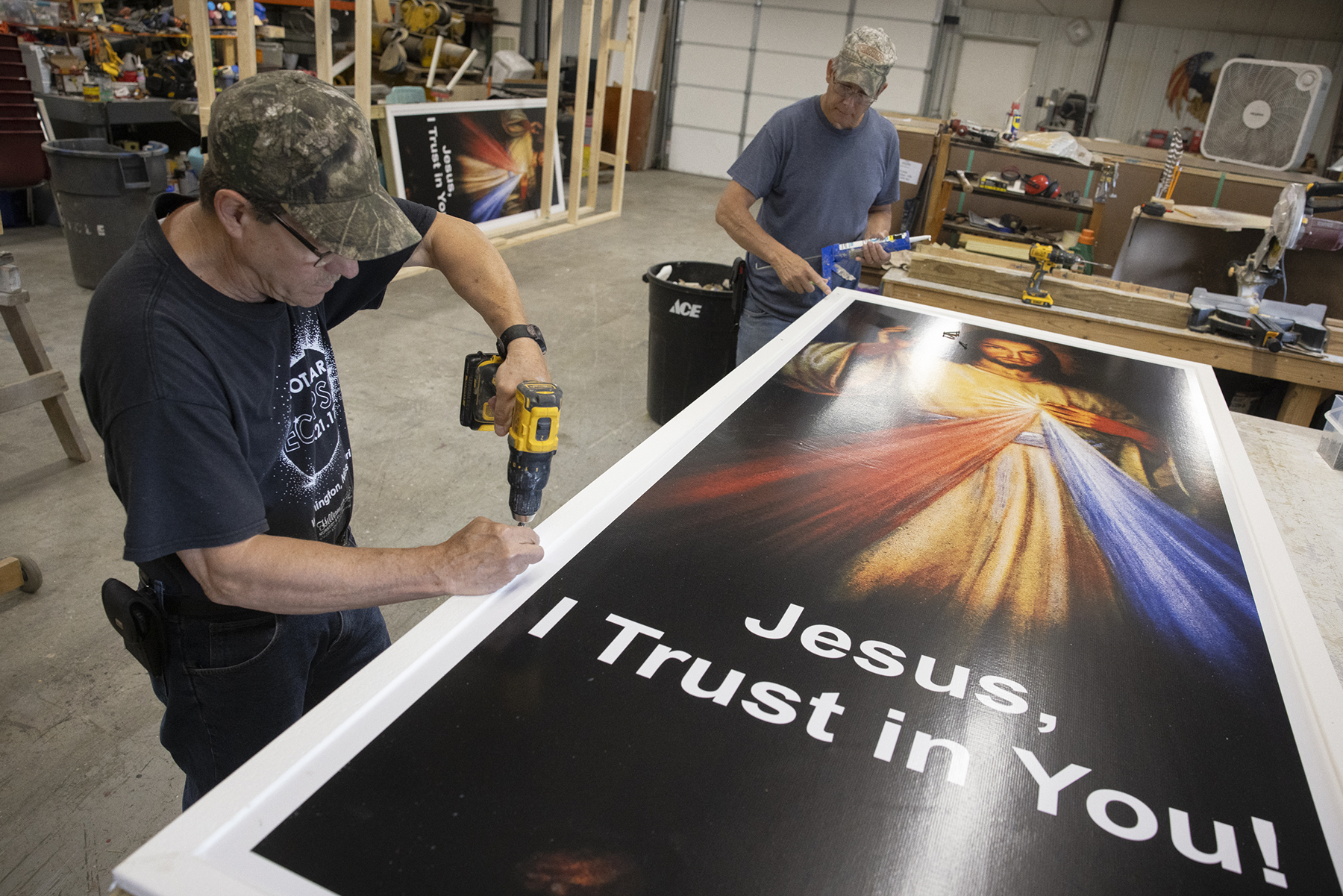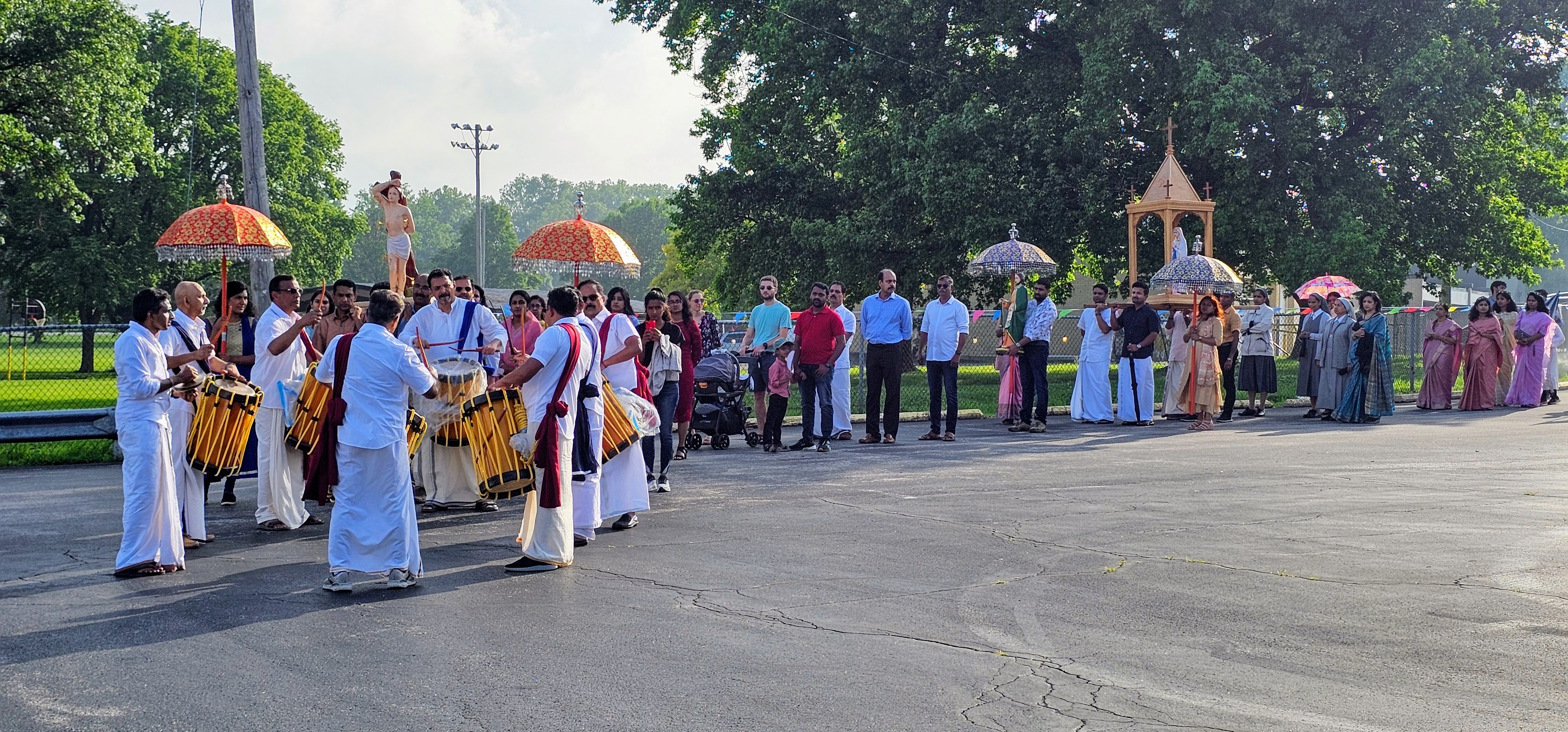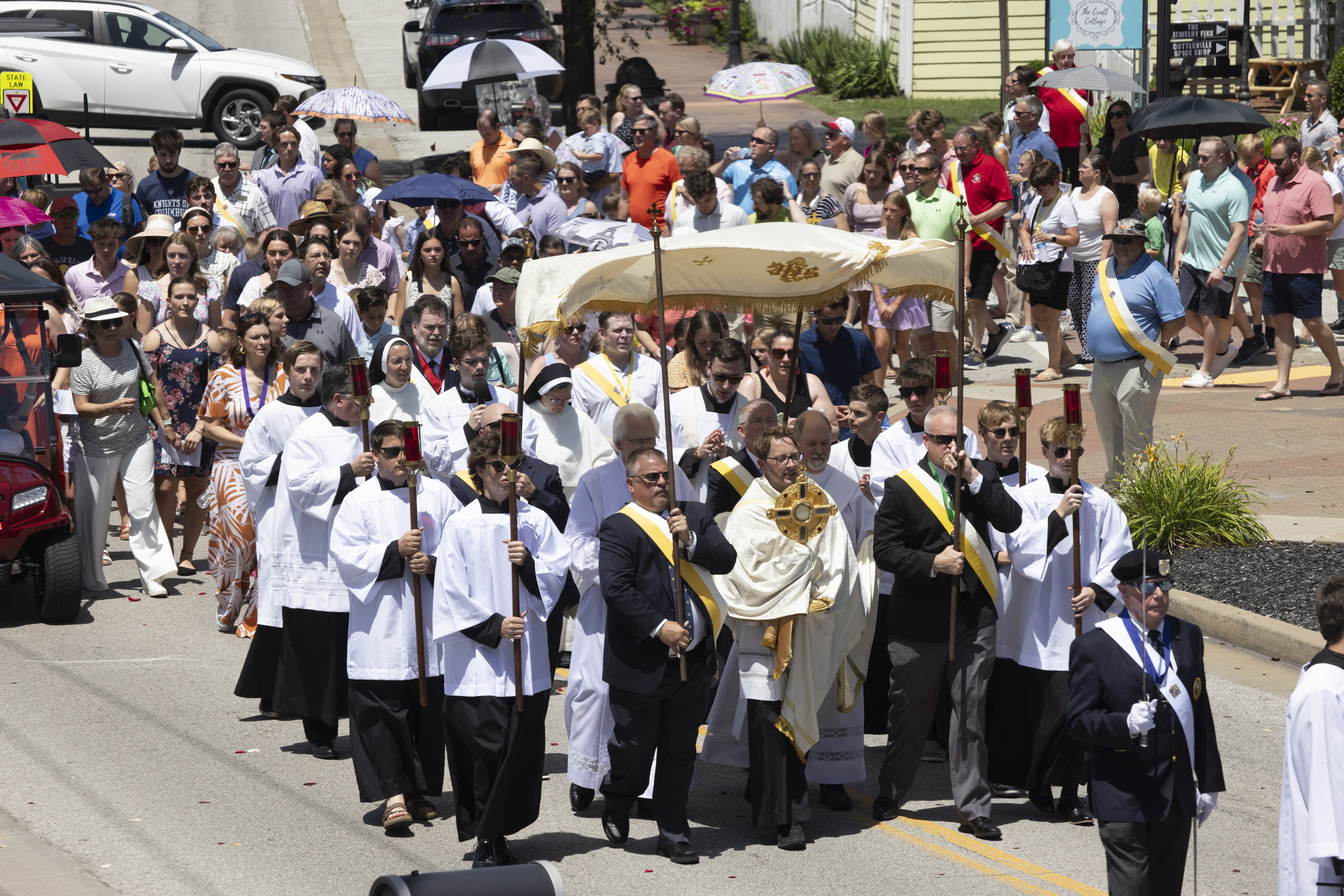Kenrick-Glennon Seminary has ‘seamless’ transition to online learning; ordinations still scheduled for May

Ordinations to be held as planned in May; seminarians disperse to variety of locations
The halls at Kenrick-Glennon Seminary are mostly empty these days, but the formation of men who are answering God’s call to the priesthood continues.
Since the arrival of the coronavirus outbreak in the St. Louis area, the seminary quickly shifted to online classes. Accommodations were made to disperse the 137 seminarians to a variety of temporary residences — parish rectories, family homes and even a retreat facility — in an effort to adhere to social distancing guidelines.
The transition has been seamless, said president-rector Father James Mason. “The parishes and rectories have welcomed our men,” he said. “It’s gone very smooth, with long-distance learning, spiritual direction conferencing (by phone). Obviously, it’s a lot different being in person, but in all it’s gone very well.”
Ordinations will proceed as scheduled, with Archbishop Robert J. Carlson conferring the Sacrament of Holy Orders on six St. Louis men for the transitional diaconate on May 2 at the Cathedral Basilica of Saint Louis. In addition, Revs. Mr. Christopher Smith and Dane Westhoff will be ordained as priests for the Archdiocese of St. Louis on May 23, also at the cathedral basilica. The ordination Masses will not be open to the public; however a livestream of both Masses will be aired at cathedralstl.org.
“They’ve all made it clear that their desire is to be ordained the date Archbishop Carlson has offered and to serve the Church,” Father Mason said. “They all said they can have the big celebration later. It’s about receiving the gift of Holy Orders and then being able to serve — that’s what they’re looking forward to.”
For those remaining in residence at the seminary — seven priests, plus five Carmelite sisters who live in a convent on campus — the daily routine continues. The group has morning and evening prayer in the St. Joseph Chapel — now being dubbed an oratory — with Mass livestreamed every day at kenrick.edu/seminary-livestream/. “Then we go about the day’s work,” Father Mason said.
Academic dean Ed Hogan, who oversaw the transition to online learning, said he’s been impressed with how quickly seminarians and faculty have jumped into action. He also said the technology infrastructure upgrades made possible by the Faith for the Future campaign played a large part in keeping the transition seamless.
“We have an extraordinary group of guys and an extraordinarily tech-savvy group of instructors,” Hogan said. “We made an announcement on a Monday night that we were moving all classes to online. On Wednesday of that week, we had a meeting with all of the teachers, and by Friday, everything was running full speed ahead. Nobody batted an eye. Nobody missed a beat.” Teachers are using a variety of resources, including audio lectures with PowerPoint slides, Zoom meetings, and more.
The Association of Theological Schools recently surveyed its member institutions — Kenrick-Glennon Seminary is one of them — about the shift to online learning and in-servicing teachers. Executive director Frank Yamada wrote that the association, founded in 1918 in the aftermath of World War I and at the time of the Spanish Flu pandemic, continues to serve as a resource to its members as they work through the transition.
“We have heard from most of the member schools during the past few weeks and — without exception — they are having to respond to crises in their immediate, intermediate, and long-term situations,” he wrote. “Schools have sought to protect the health and safety of their faculty, staff, and students while attending to local or federal government mandates to ‘stay in place.’ Courses have been moving to online formats, faculty have been converting their courses, in-person commencements have been cancelled, and Zoom meetings have proliferated. Theological schools are exercising resilience in a time when the world changes weekly, if not daily.”
Father Paul Hoesing, vice rector for formation at Kenrick-Glennon Seminary, said that the coronavirus outbreak is paving the way for seminarians to discover new ways of working on their formation, which includes intellectual, spiritual, human and pastoral dimensions.
With spiritual formation, for example, he said that the men are responsible for keeping a schedule for a personal prayer life. “Wherever they’re living, they’ve had to translate a schedule of prayer life for wherever they are,” he said, whether that’s praying the Liturgy of the Hours, Daily Examen, or participating in a Holy Hour. Seminarians also are continuing spiritual direction every two weeks, meeting with their spiritual directors by phone, he noted.
Seminarians who are living at parishes are finding creative ways in approaching pastoral outreach, through helping livestream Masses and other events, and calling parishioners to check on them.
“I look forward to how the men will learn from this experience in a way that raises the bar in this house,” Father Hoesing said. “When they find how capable they are and how rewarding it is … and how they might become more creative, thoughtful and innovative in taking that initiative. Adversity always creates new invention out of necessity.”
Seminarians are entering into a new level of ownership within their formation that they might not have experienced otherwise because of the pandemic, Hogan said. “Because they’re living on their own, they have to internalize it, and that’s been extraordinary,” he said. “There’s a tremendous burst of creativity happening, and we’re asking ourselves the question: How do we continue to foster that creativity in our guys? Who knows what situations they’re going to face in the future. It’s been neat for us to see all of that.”

